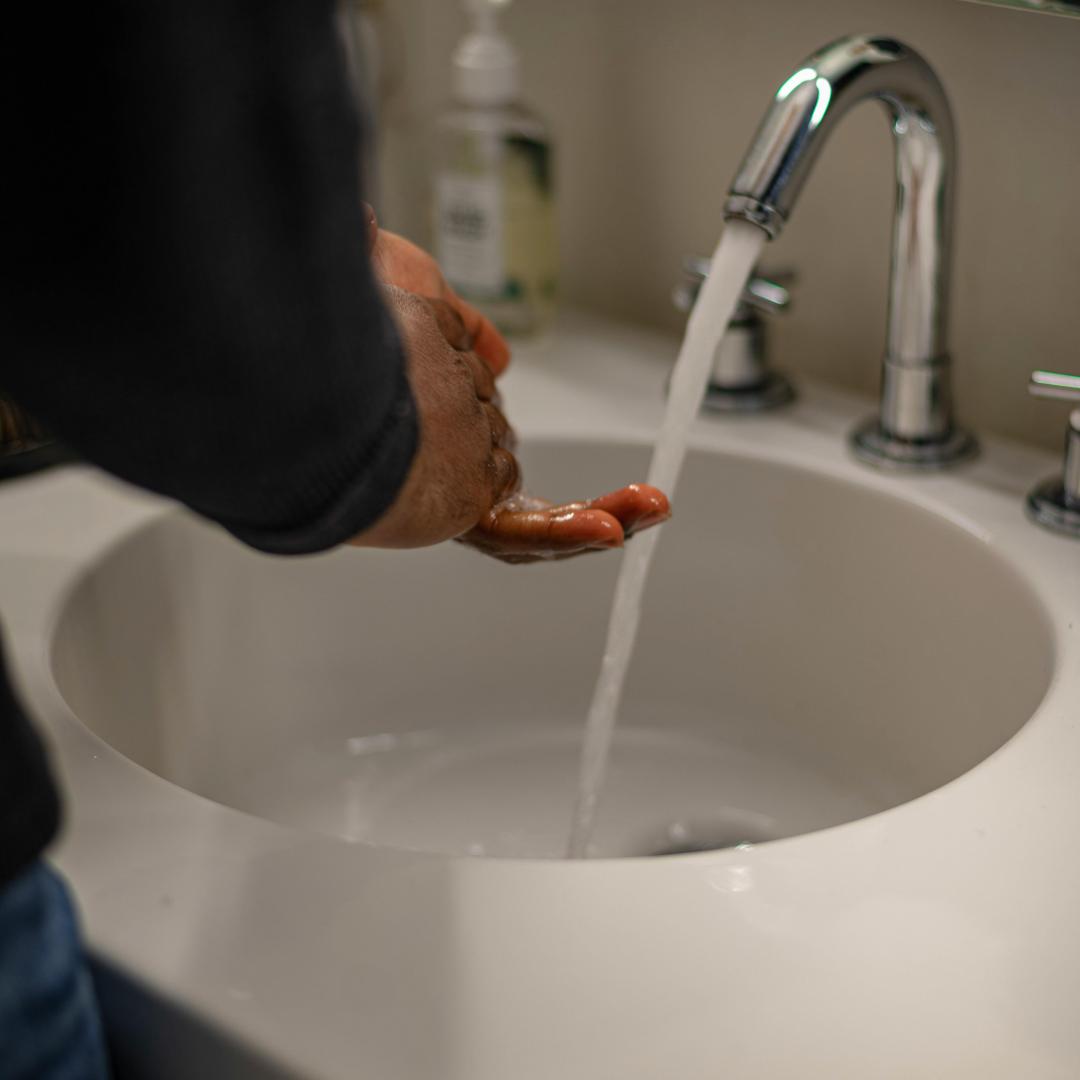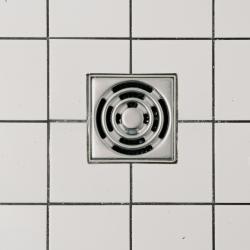How to Fix a Leaky Faucet in 10 Easy Steps
A leaky faucet can be a nuisance, not to mention a waste of water and an increase in your water bill. Fortunately, fixing a leaky faucet is a straightforward task that you can tackle on your own with a few basic tools and some patience. In this article, we'll guide you through the process of fixing a leaky faucet in 10 easy steps, allowing you to save money and conserve water.
Tools and Materials Needed
- Adjustable wrench
- Screwdriver (Phillips or flathead, depending on your faucet type)
- Replacement parts (O-rings, washers, or cartridges)
- Plumbing tape
- Penetrating oil (optional)
- Bowl or stopper to block the drain
- Clean cloth or sponge
Step 1: Turn Off the Water Supply
Before beginning any repair, make sure to turn off the water supply to your faucet. Locate the shut-off valves under the sink and turn them clockwise to close. If there are no individual shut-off valves, you may need to turn off the main water supply for your home.
Step 2: Plug the Drain
Use a bowl or stopper to plug the sink drain. This will prevent small parts from accidentally falling down the drain while you work.
Step 3: Remove Faucet Handles
Use a screwdriver or your hands to remove the decorative caps from the faucet handles if applicable. Unscrew and remove the handles, which are typically held in place with screws underneath these caps. If screws are stuck, a small amount of penetrating oil can help loosen them.
Step 4: Take Off the Packing Nut
Using an adjustable wrench, carefully remove the packing nut that holds the cartridge or stem in place. Be gentle to avoid damaging the plumbing. You may need to slightly loosen the nut before removing it completely.
Step 5: Remove the Stem or Cartridge
Once the packing nut is removed, you can take out the faucet stem or cartridge. This component is often the cause of leaks, particularly if the rubber washers or O-rings have worn out.
Step 6: Inspect and Replace Components
Inspect the removed parts for signs of wear or damage. Common issues include worn washers, damaged O-rings, or faulty cartridges. Replace any damaged components with new, matching parts. Bring the old parts with you to a hardware store to ensure you find the correct replacements.
Step 7: Reassemble the Faucet
Reinsert the newly replaced components back into the faucet. Ensure everything is aligned correctly and then begin to reassemble the faucet by reversing the earlier disassembly steps. First, secure the stem or cartridge with the packing nut using your adjustable wrench.
Step 8: Reattach Faucet Handles
Place the handles back on the faucet and secure them with screws. Reinsert decorative caps if necessary. Make sure everything is tightly fitted, but be cautious not to over-tighten.
Step 9: Turn On the Water Supply
With the faucet reassembled, carefully turn the water supply back on. Open the faucet to release any residual air and to test for leaks.
Step 10: Check for Leaks
Monitor your newly repaired faucet closely for a few minutes to ensure there are no leaks. If water is still leaking, revisit previous steps to ensure all components are fitted correctly and securely.
By following these 10 steps, you can efficiently fix a leaky faucet, saving both water and money. Routine maintenance checks can help catch potential leaks early and keep your faucets in optimal condition. Remember, if the leak persists despite your best efforts, it may be time to consult a professional plumber for further assistance.






















